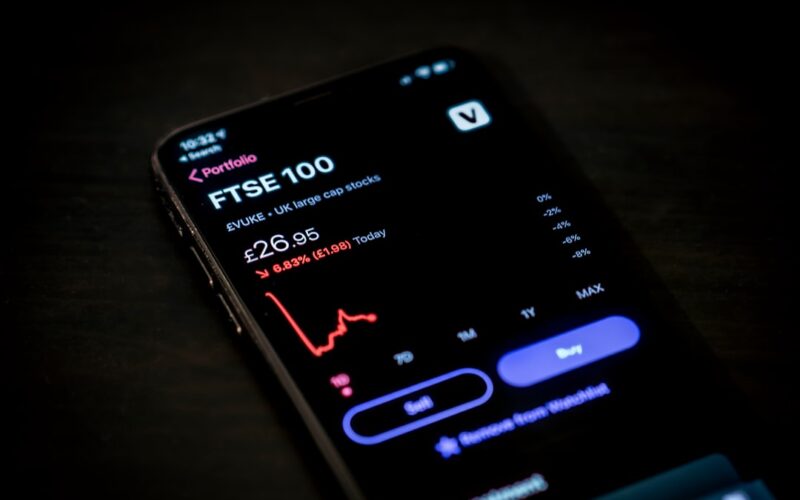India’s stock market wrapped up September 2025 with a somber note, as both the Sensex and Nifty 50 closed lower for the eighth consecutive session. The Sensex ended the day down by 97 points (0.12%) at 80,267.62, while the Nifty 50 slipped by 24 points (0.10%) to settle at 24,611.10. Despite this losing streak, both indices managed to end the month slightly higher—snapping a two-month decline—with Sensex down 3.31% and Nifty 50 off by 3.20% over the eight-session stretch.
Foreign Outflows and Global Pressures Bite
The market’s struggles can be traced directly to a wave of foreign investor selling. Overseas portfolio outflows surged to $2.55 billion in September, compounding $6 billion already withdrawn over July and August. Foreign institutional investors have been spooked by high valuations, sluggish earnings growth, and persistent geopolitical uncertainties. Add to that new US tariffs on Indian exports (notably pharmaceuticals and textiles) and increased H-1B visa fees, and it’s no wonder that market sentiment has turned cautious.
Mayank Jain, a market analyst at Share.Market, summed up the mood: “Recent U.S. tariffs on Indian exports, including pharmaceuticals and textiles, have shaken investor sentiment. The outcome of ongoing trade negotiations remains uncertain, leaving markets cautious.”
Signs of Resilience Amidst Volatility
Still, it wasn’t all doom and gloom. Out of 4,260 stocks traded on the BSE today, 2,052 advanced, while 2,042 declined, and 166 remained unchanged. Impressively, 141 stocks—including Indian Bank, Muthoot Finance, RBL Bank, and Tata Investment Corporation—hit their 52-week highs in intraday trade, pointing to pockets of strength.
The overall market capitalisation of BSE-listed firms held steady at ₹451.6 lakh crore, barely changed from the previous session. Midcap and smallcap indices ended flat, reflecting a broader phase of consolidation. It’s now been a year since the Sensex and Nifty hit record highs (85,978.25 and 26,277.35, respectively, on September 27, 2024), with both indices down about 6% since then.
Looking ahead, analysts remain cautiously optimistic. “Cooling inflation and the possibility of interest rate cuts could give markets a push. Policy support from the government is also expected to provide momentum,” Jain added. For now, systematic investment plans (SIPs) have helped investors ride out the volatility, while those who jumped in with lumpsum investments in largecap funds are still feeling the pain.









